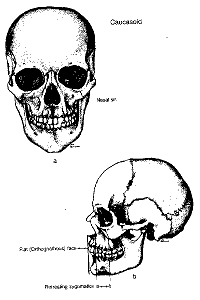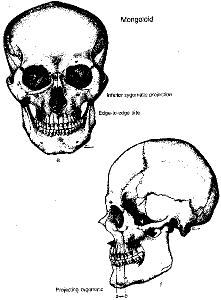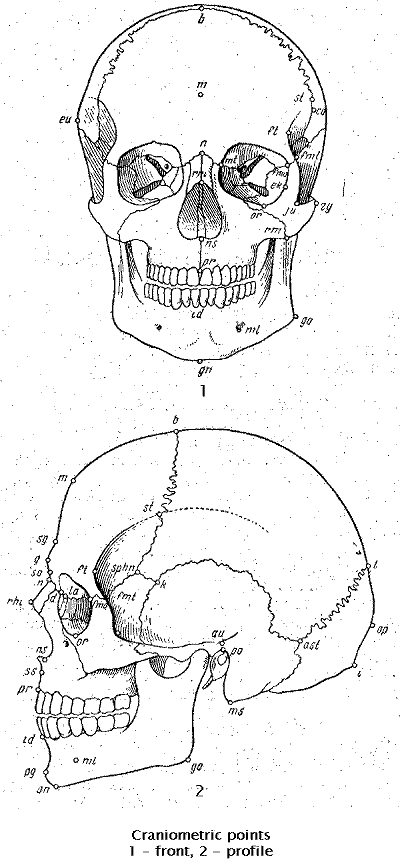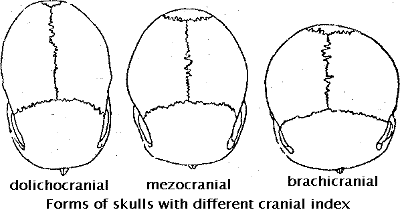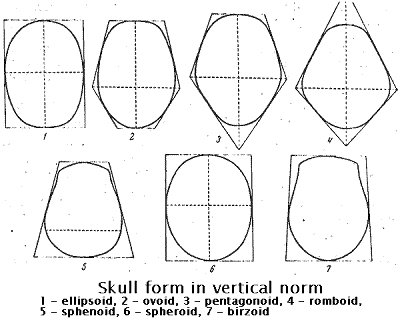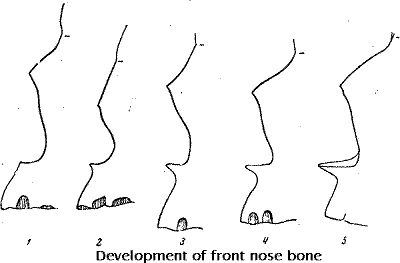This pioneering study by O.Ismagulov presents a major achievement in
anatomical study of the steppe population historical development, even if the concentration on
Mongoloid/Caucasoid (in more primitive terminology aka Europeoid) resembles a religious attention that sees only one dimension, righteous
us
versus pagans/heretics/faithless/idolaters them. This one-dimensional vision is definitely
annoying and greatly reduces the value of the studies. But nevertheless, the studies
provide facts that pull a carpet from under Indo-Iranian
racialist theories that were treated as postulates in the
greater part of the last century, and positively conjunct with relatively recent consistent detection of Uralic-Siberian DNA element
in the examined populations. So far, the study managed to
remain in obscurity for its total life, ignored by official
xenophobic state-proscribed "science", and, judging by paucity of references,
nearly totally unknown in English
translation, in spite of its very sensible and pioneering
discoveries.
Titled "Population of Kazakhstan...", the sampling base is
nevertheless miniscule, extremely spotty, and definitely does not represent the
whole steppe belt from the Caspian Sea to Baikal across three millennia. The statistically small number of specimens made this
first compendious study a maverick, but all later findings
and studies invariably confirmed the observations
summarized in the O.Ismagulov's 1970 publication. Noteworthy is the absence of cooperation between
scientists: the studies are fragmented because they stop at the contemporary political border, even
when the border is between "brotherly" Türkic "republics" of the Soviet time. And because Minusinsk
depression, Barabin steppe, Altai, and other Türkic territories fell inside the borders drawn for
the "Russian Federation", the missing fragments of the studies may as well be on another planet.
The finding that "Mongoloid admixture in
anthropological composition of the Saka tribes does not
raise any
doubts" raises instead curious doubts about the Saka's clamed Irano-linguality, and about
the logical Mongoloidness of the Indo-Iranians and their descendents in the next generations.
Map illustrations are translated, but the former
Soviet-era placenames are retained for consistency with the
text. Most of the placenames are different now, after being
restored to their native original names.
All cranial
dimensions are in mm. Angles, supposedly, in degrees.
Terminology is translated to the best of my capability, but
where unsure or not understood, a question mark
(?) follows the
translation.

